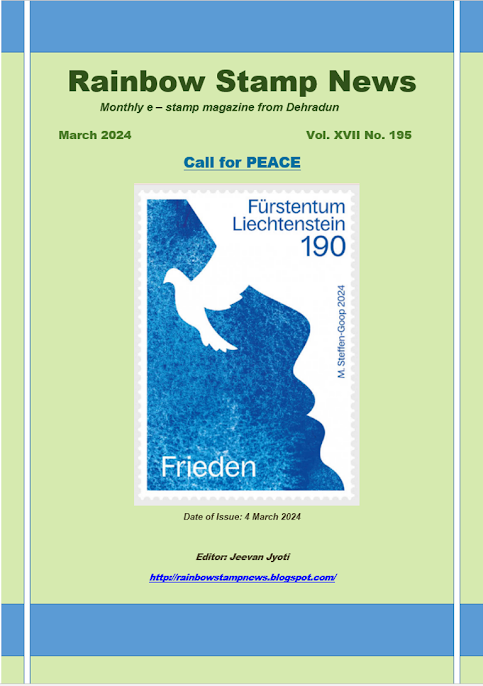Date of Issue : 21 May 2014
Postal Administrations of Russia and Switzerland brought out a joint issue on 21st May 2014. Russia and Switzerland have maintained diplomatic relations for 200 years. During the Second World War, those relations were briefly severed, but were restored after the war ended and have been stable ever since. The stamps feature famous landmarks of the two countries.
The Berne’s clock tower: the federal capital’s defining landmark and a tourist magnet. When it was erected at the start of the 13th century, as a fortified tower, the building marked the western edge of the city of Berne. As the city grew, the tower moved closer to the centre, where it became redundant as a fortification. During the 15th century, it was used as a prison and subsequently as a clock tower – Zytglogge – and was rebuilt from Berne sandstone.
From then on, its clock dictated the time for the entire city and became the point of reference for measuring the travel times indicated on the hour stones along the cantonal roads. In the 16th century, the tower gained its present-day height and a new clock. Beneath this, in the archway, the edicts and ordinances of the City of Berne were posted and, from the 18th century onwards, the measures of length were affixed for official inspection. When the tower underwent further alterations in 1770 and 1771, it was incorporated fully in the cityscape and adapted to its environment with the addition of baroque embellishments.
The Zytglogge tower owes its national and international fame not only to its eventful history, but also to its special carillon, the ring of bears, lions, a rooster and the god of time, Chronos. The Kazansky tower depicted on the Russian special stamp may be recognizable from afar but it isn’t the tower itself that is famous … In fact, the tower is the most imposing feature of Kazansky station, one of Moscow’s eight largest stations. The station was built in 1862 and, initially, was nothing more than a small timber building without a waiting room or platform. Two years later, the wooden building was dis- mantled and, in its place, a stone station building was erected.
The new station building fell short of increasingly stringent requirements; it was too small and of little architectural merit. When the railway line was extended further eastwards to the large Volga city of Kazansky – which gave the station its name – and passenger numbers swelled accordingly, the station had to be expanded yet again. After various makeshift solutions and lengthy debate, in 1918 work commenced on the construction of the present day station building, following the nationalization of the railways. It was a huge undertaking and the station was not fully completed until 1940. Even once the building was finally complete, it underwent further expansion and upgrading work which had been included in the original construction plans but had not been implemented. Among the further additions were the clock tower, the underground terminal building for local public transport and the direct access to the underground.



















.png)













No comments:
Post a Comment